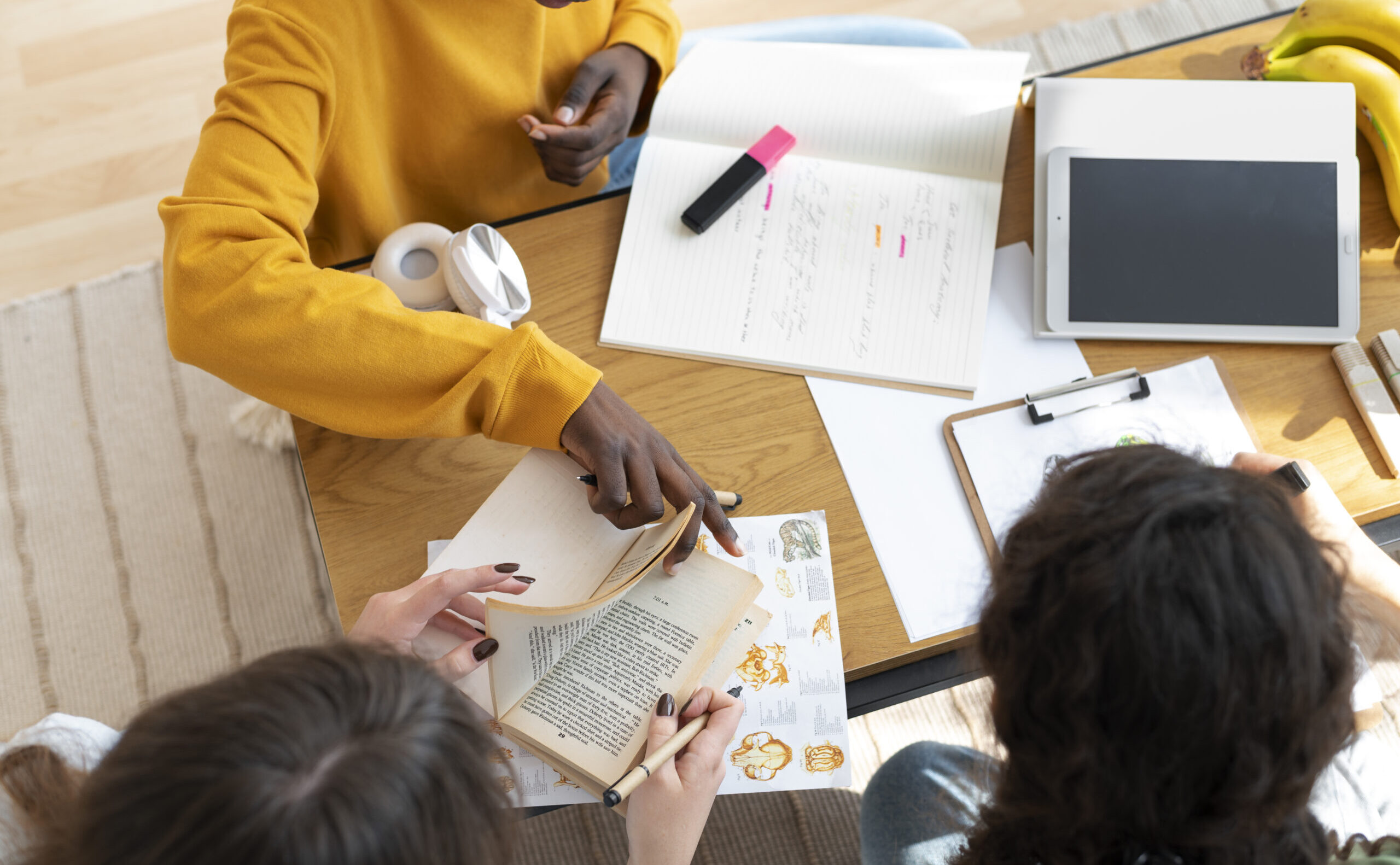The method of teaching called Project-Based Learning (PBL) has become very popular in recent years. It has many benefits for both students and teachers. PBL encourages students to understand things more deeply, think critically, and learn useful skills by having them work together on real-life problems. The article goes into detail about the many benefits of PBL and gives helpful application tips for teachers who want to use this new method in their lessons.
Understanding Project-Based Learning
What project-based learning is based on is the idea that you can learn by doing, by asking questions, and by improving things. Kids do not just sit around and learn things; they work hard on projects that are important to them and let them use what they have learned in real life. They can learn useful skills like how to talk to others, work together, and be creative through these projects, which can be anything from creating designs to studying science.
Benefits of Project-Based Learning
- Promotes Deep Understanding: Students dig deeper into difficult topics and gain a better understanding of ideas that might be hard to explain in a standard classroom setting when they work on projects. PBL helps students understand and remember what they are learning by getting them to connect what they are learning in the classroom with real-life situations.
- Fosters Critical Thinking Skills: When students work on PBL projects, they have to think seriously and analytically about how to complete them. Students learn how to evaluate evidence, analyze data, and make well-informed choices by working on real-world problems. These are skills that are useful in both school and the workplace.
- Encourages Collaboration and Communication: Students work together to come up with ideas, solve problems, and reach shared goals. This is what PBL is all about. Students learn how to speak clearly, work out their differences, and use each other’s strengths through group projects, which prepares them for success in situations where they have to work with others.
- Cultivates Creativity and Innovation: PBL gives students the freedom to think outside the box as they come up with answers to problems in the real world. PBL boosts students’ creativity by pushing them to try new things and learn more about the world around them. This gives them the ingenuity and resourcefulness they need to solve tough problems in a variety of settings.
- Increases Engagement and Motivation: In contrast to traditional classroom activities, PBL keeps students interested by letting them work on projects that are related to their hobbies and interests. This internal drive keeps them interested, which leads to deeper learning and a greater feeling of accomplishment.
Implementation Tips for Educators
- Define Clear Learning Objectives: Before starting a project, teachers should be very clear about what they want students to learn. Teachers make sure that students get the most out of their PBL experiences by making sure that projects are in line with teaching standards and educational goals.
- Select Authentic and Meaningful Projects: Pick projects that are related to the students’ hobbies and lives and also fit with the lessons. Authentic projects that are based on real-life problems not only get students more interested, but they also give them chances to use what they have learned in useful ways.
- Provide Structured Support and Guidance: Even though PBL lets students work on their own, teachers need to make sure they have structured help and guidance throughout the project. Support students’ learning, give them tools and guidance, and lead discussions to help them deal with problems and stay on track.
- Promote Reflection and Feedback: As part of the PBL process, make sure there are regular chances for reflection and feedback. Encourage your students to think about what they have learned, assess their growth, and find ways they can do better. Give them helpful comments that recognizes their successes and suggest ways they can improve.
- Celebrate and Showcase Student Work: Lastly, enjoy the end of each project by showing off the work and accomplishments of the students. Give kids a chance to show off their work to their friends, parents, and the community by putting on presentations, exhibitions, or digital portfolios. This will help them feel proud of what they have done.
Conclusion
Project-based learning is good for both students and teachers because it helps students understand things more deeply, think critically, work together, be creative, and be motivated. Educators can give students the tools they need to become lifelong learners and do well in a world that is always changing by adopting and using this new classroom method successfully.
